9. Textile Scaffold¶
Research¶
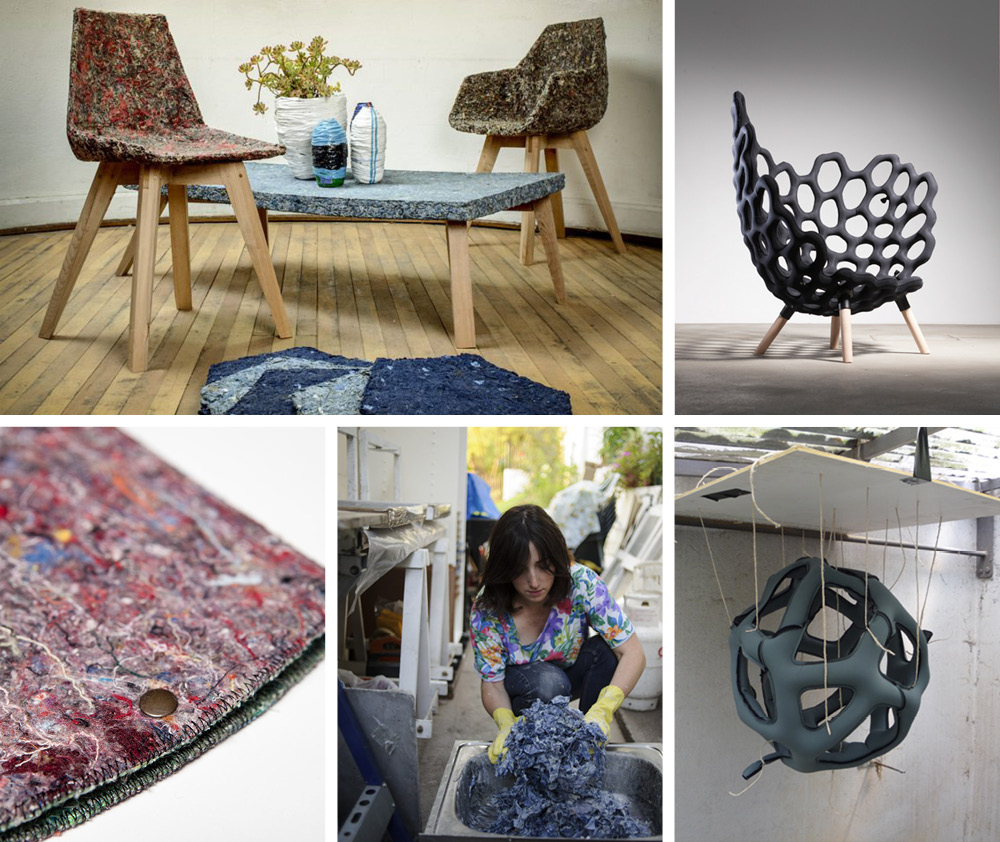
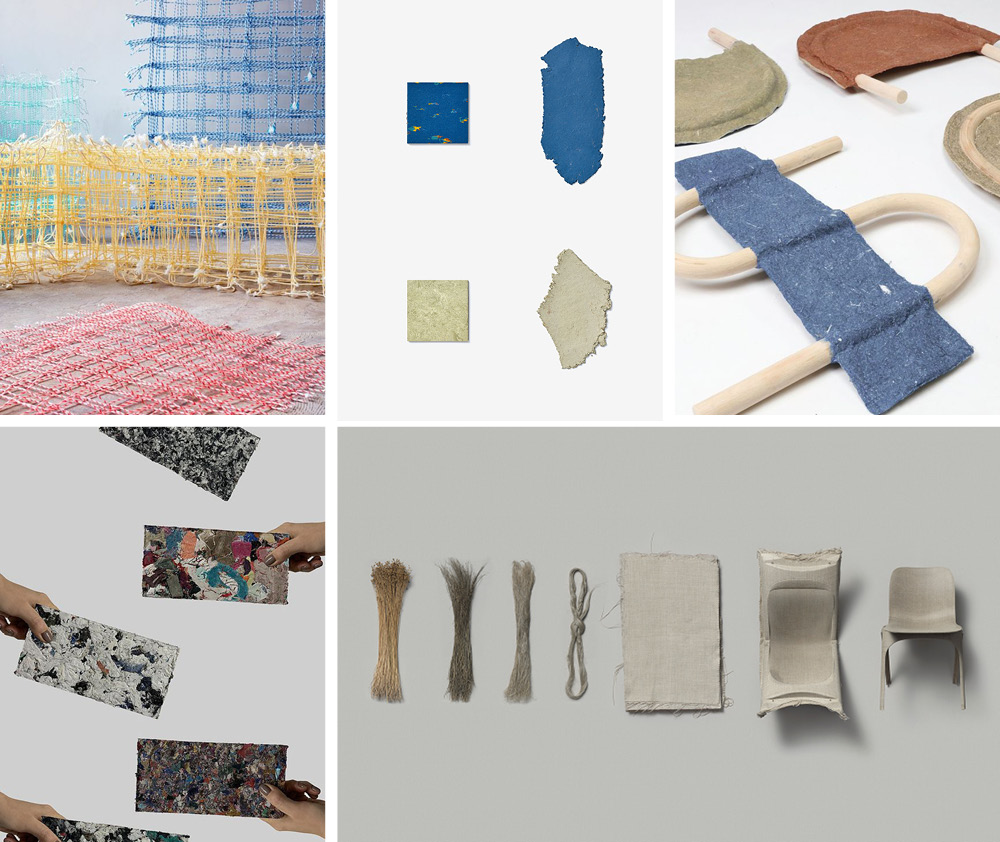
References & Inspiration¶
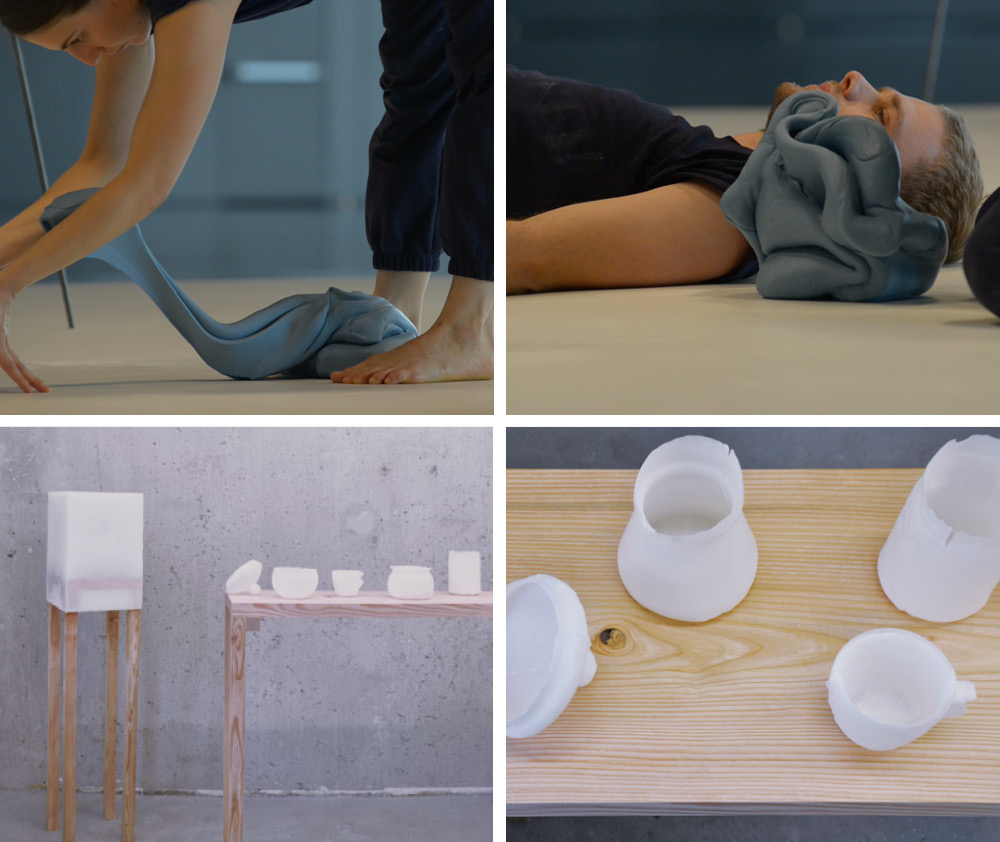
Refrences¶
Christien Meindertsma / Flax chair / Christien Meindertsma / Renoleum / Theodora Alfreðsdóttir / making of an object / inFormation plaster // structural surfaces // AADRL / linnea bagander / GOLD / Linnea baganger / BODY(dress?)SPACE(room?) / Judith Seng / Ecdysis / Judith Seng / Acting Things IV / Studio Hausen / Textile Moulded Chair / Ecotex / Bernadita Marambio / The Reliving Room / Clarisse Merle / FABrick / Naoko Yoshimoto / Remembreme Chair / Tobias Juretzek / Fransje Gimbrére / Standing Textiles / Karin Krupka / Embossed Textiles by tiffany Loy
I love this project by Dominique Vial a Fabricademy almuni. Lookin into his project gave me a better insight on how I would go about this weeks assignment.
Crystals¶
Recipie for epsom salt crystals¶
* ratio is 1:2 of epsom salt(magnesium sulfate) and water
* glass jas
* textiles peices or other objects
* food coloring (optional)
* coffee filter
How too * boil water * mix epsom salt to the hot water * strain solution through coffee filter into a jar * Put objects to crystalise into the jar and make sure it is not toughing the bottom or sides of the jar * cover the top with alumnium, cardboard or other things and store in a dark place
Me and Alberte worked together on making Epsom crystal solution. On my walk to the TextileLab I pick up a few straws and put them into the glass jarn together with the epsom salt solution. Some of the straws did not work from the start as they wanted to float up.
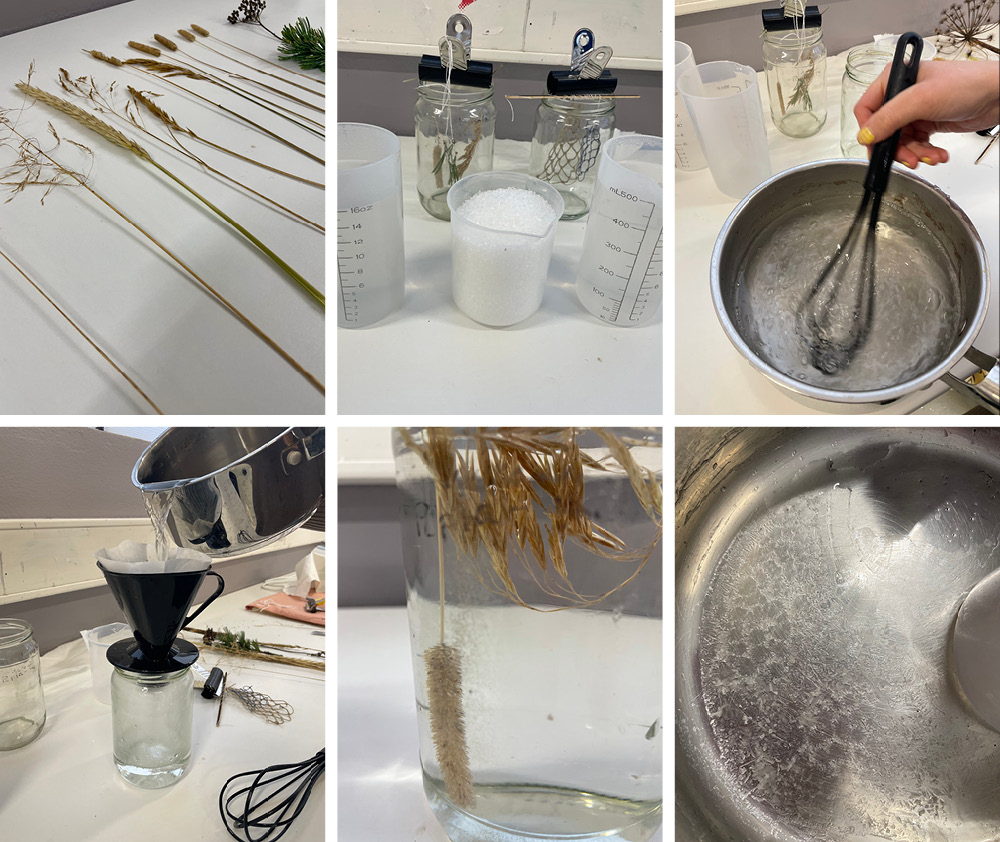
The solution did not really work as a wanted it to because the crystals did not grow or only grew above the solution.

Dust and scraps from the TC2 digital weaving loom¶
I began by making a glue with flour, the recipe is below. I shaped the yarn scraps that i dipped into the glue in a balloon a shaped with a rubber band. I only took a day to dry out by puting it into the drying cabinate!
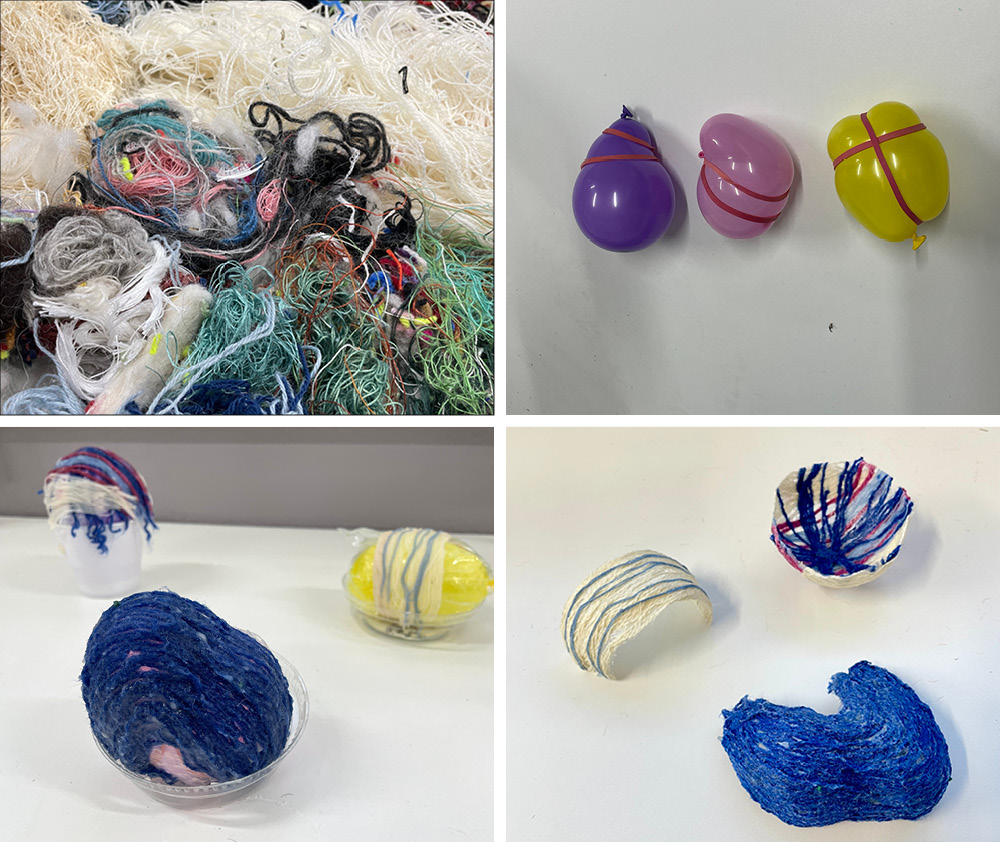
Another thing that caught my attention was all the dust collecting in all the corners of the textileLab and especially from the TC2 digital weaving looms, but dust if the enemy of the looms so it needs to be cleaned very often. Therefor I collected all the dust I could find, mixed it with the yarn scraps I had and felted it together. The felting could only merge the fabric together to extended amount to I did some trials by adding flour glue and another with glycerine.
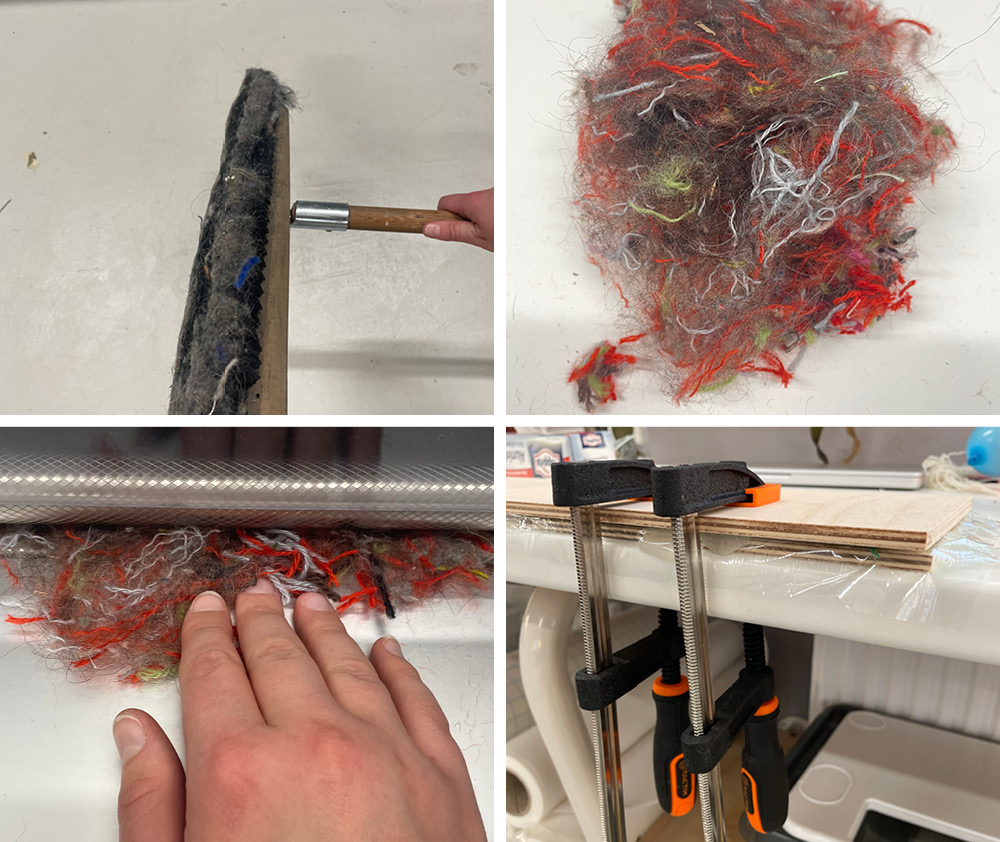
Ingredients & Recipes¶
flour resin recipie 20 ways to make homemade natural glue
Flour glue
=== "ingredients"
* 1/2 dl all purposeFlour
* 2 dl cold water
* 2 dl heated water
* 3 tbsp sugar
=== "tools"
* small pot
* stove
* wisk
* balloons
* plastic sheet
=== recipe flour bioresin
* Combine ½ dl flour and 2 dl cold water in a bowl
* boil 2 dl of water in pot
* add the flour and cold water mixture
* Bring to a boil again
* remove from heat and add 3 tablespoons of sugar
* Let cool (the paste will thicken as it cools)
* remove, peel, unmold..
* finishing touches
Flour glue with glycerin for flexible material
=== "ingredients"
* Use the same recipie as above
* for 70 ml of glue add 10 ml of glycerine
How to make fabric with flour glue & glycerine¶
- have your glue ready
- felt the textile scraps a little bit together before (not nessecery)
- put the textile scraps on a plastic sheet and start to press the flour glue into the textile / mix it up
- Put plastic sheet on top of the mixture and press together with woodblock or other pressure type
Glycerine biomaterial and threads¶
I also used recipies from Biomaterial week making flexible gleatine biomaterial. It was great to return to past week and use what I've already learn in other projects.
The reasult¶
Both of these tests were pressed between two plastic sheets and wood
 The Fabric mixed with flour glue and glycerine (above) came out really well, it is soft, flexible and hold well together.
The fabric mixed with gletaine and glycerine (below) was much harder then expected. The quality is that is is super strong nad can be moulded into various shapes.
The Fabric mixed with flour glue and glycerine (above) came out really well, it is soft, flexible and hold well together.
The fabric mixed with gletaine and glycerine (below) was much harder then expected. The quality is that is is super strong nad can be moulded into various shapes.
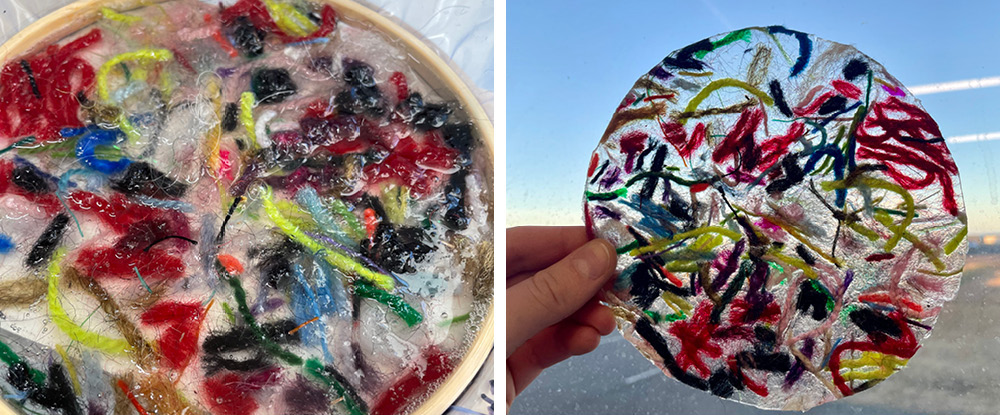 I also made a test by pouring gelatine resin on top of yarn scraps. The reasult is a translusent biofabric that can be shaped my wetting it with hot water. see photo below.
I also made a test by pouring gelatine resin on top of yarn scraps. The reasult is a translusent biofabric that can be shaped my wetting it with hot water. see photo below.
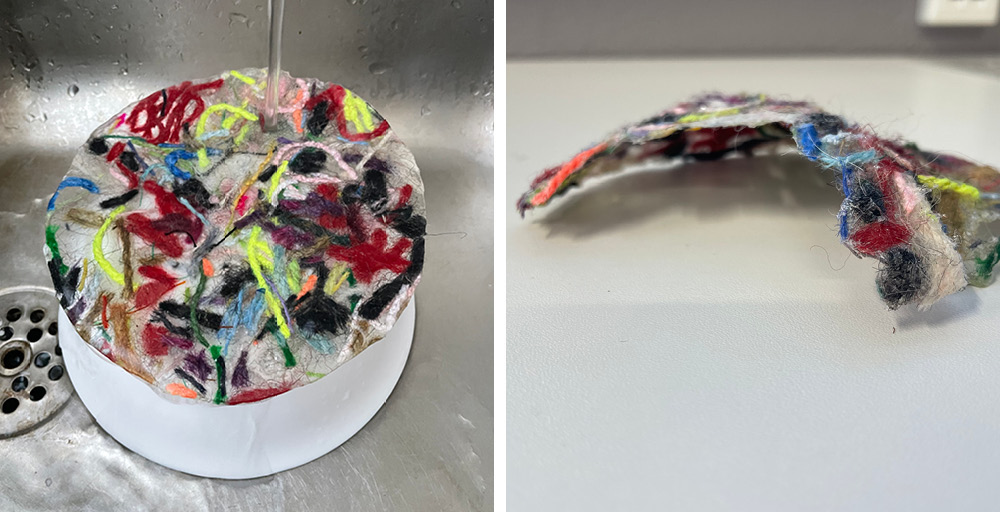
BIOMATERIAL RECIPE.pdf by Fabricademy Iceland students
scaffold¶
I took refrence from this youtube tutorial making random waves in Grasshoper for my mold1 in the CNC machine 2. I wanted to make a mold with soft curves and it was mostly just to learn how to use the CNC machine more then making a final molded peace.
We traveled to Sauðárkrókur to the FabLab there and met Karítas the Lab manager. The machine they have there is SHOPBOT PRS ALPHA and for making the CAD file we used the Vectric software. It is a licenced software so we could had to prepare the files we had made in Rhino and Grasshopper on theyre computers.
Karítas took us through all of the steps needed to prepare the file. I used a 6 mm screw both for roughing and for finnishing and it only took about an hour in the making. The material I used was MDF 19mm thickness. First the CNC machine roughs the surface of the design with a 1/4 Inch Straight Bit and the for the finnishin and more detail I had to a 1/4 Inch Ball Nose Bit.
 Here you can see the process, making of the mold and than finally the final outcome!
Here you can see the process, making of the mold and than finally the final outcome!
My mold is nice and look forward to trying it out the next time I have some free time. Unfortunatley time flew away this week as always :)
-
File: 3dm File of multiwaves file ↩
-
File: Wavy mold CNC file ↩